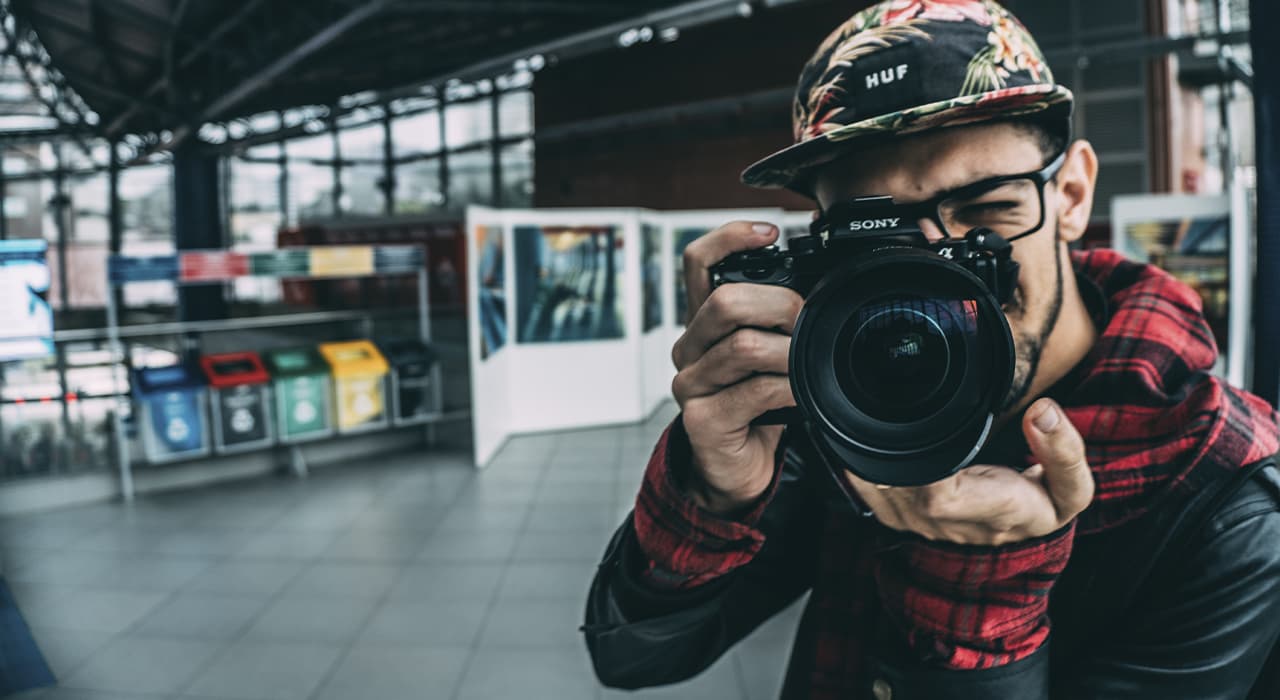Photography is the process of creating images through the action of light. Light patterns reflected or emitted by objects are recorded on a sensitive medium or memory chip through time exposure. The process is carried out using mechanical louvers or electronically synchronized exposure of photons to chemically processed or digitized devices known as cameras.
The word comes from the Greek words φως phos (“light”) and γραφις graphis (“stylus,” “brush”) or γραφη graphê, which also means “drawing with light” or “representation with lines” or “drawing. ” Traditionally, the work of photography has been called photography. The term photo is an acronym; many people also refer to them as photographs. In digital photography, the term “image” began to replace photography. (The term image is traditional in geometric optics).
Filmmaking:
Filmmaking is the process of creating a moving image, from initial conception and research, through script writing, shooting and recording, animation or other special effects, editing, sound and music, and finally distribution to audiences; it generally refers to the making of films of all types, embraces documentary films, theater and literature stamps in film, poetic or experimental practices, and is often used to refer to video-based processes.
Computer Art.
Visual artists are no longer limited to traditional art media. Computers have been used as an increasingly common tool in the visual arts since the 1960s. Use includes capturing or creating images and shapes, editing those images and shapes (including learning multiple compositions), and final rendering or printing (including three-dimensional printing).
Computer art is any in which computers played a role in the production or display. Such art could be an image, sound, animation, video, CD-ROM, DVD, video game, website, algorithm, performance, or gallery installation. Many traditional disciplines now integrate digital technology, and as a result, the lines between traditional artwork and new multimedia works created using computers have been blurred. For example, an artist can combine traditional painting with algorithmic art and other digital technologies.
The use of computers has blurred the distinctions between illustrators, photographers, photo editors, three-dimensional modelers, and master craftsmen. Sophisticated rendering and editing software has led to the creation of multidisciplinary image developers. Photographers can become digital artists. Illustrators can become animators. Craftsmen can be automated or use computer images as a template. The use of computer-generated images has also made the clear distinction between fine art and page layout less obvious because of the easy access and editing of the clip in the process of paging a document, especially for the unskilled observer.
Plastic Arts:
Plastic arts is a term that is now largely forgotten, encompassing art forms that involve the physical manipulation of the plastic medium through molding or modeling, such as sculpture or ceramics. The term also applies to all visual (non-literal, non-musical) art.
Materials that can be carved or shaped, such as stone or wood, concrete or steel, have also been included in the narrower definition, since with the appropriate tools such materials are also capable of modulation. [Right] This use of the term “Plastic” in art should not be confused with Piet Mondrian’s use and the movement he called, in French and English, “Neoplastic.”
Sculpture:
Sculpture is a three-dimensional work created by molding or combining solid or plastic material, sound or text and/or light, usually stone (stone or marble), clay, metal, glass or wood. Some sculptures are created directly by finding or carving; others are assembled, built together and fired, welded, molded or cast. Sculptures are often painted. The person who creates sculptures is called a sculptor.
The increasing tendency to elevate painting, and to a lesser extent sculpture, above the other arts was a feature of Western art as well as that of East Asian art. In both regions painting was perceived as the highest degree of the artist’s imagination, and the most distant from manual labor – in Chinese painting the styles of “scholarly painting,” at least theoretically practiced by gentlemanly amateurs, were most valuable. The Western hierarchy of genres reflected similar views.
